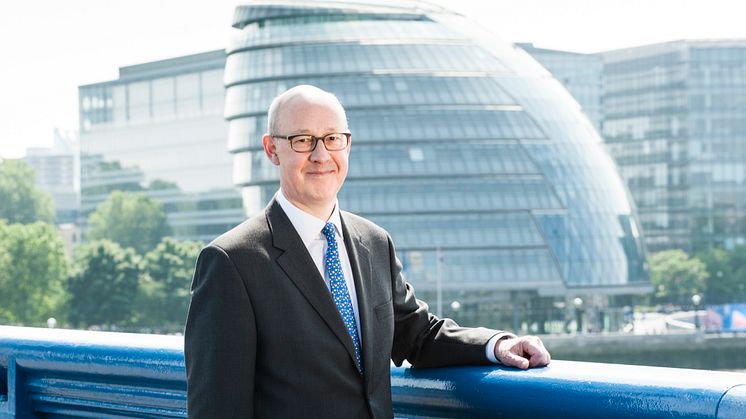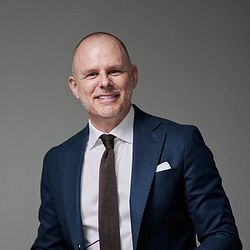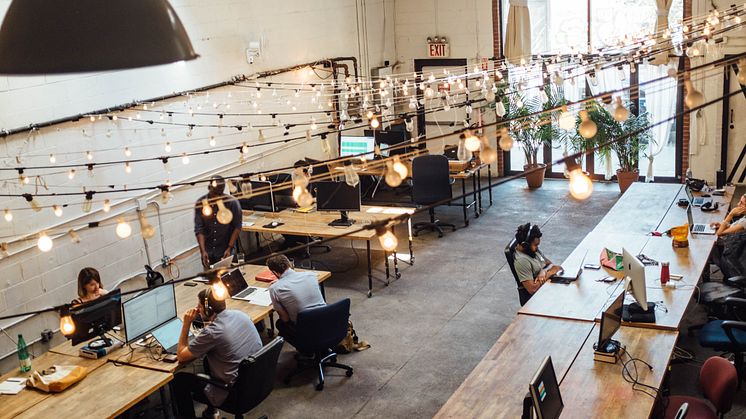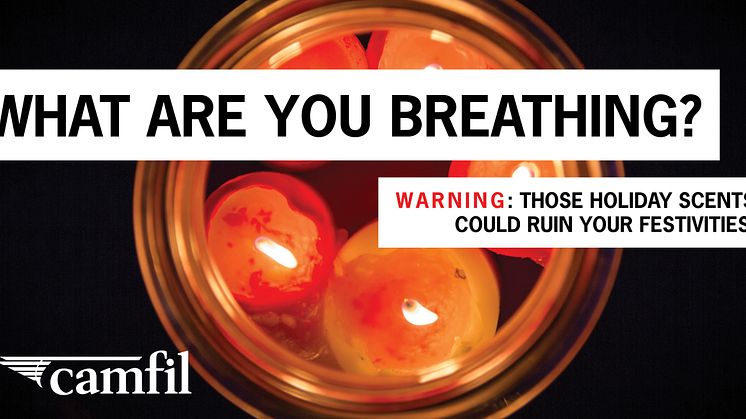
Blog post -
Guest Blog with Simon Birkett, founder of Clean Air London
Clean Air in London – inside and out
After a long career with HSBC, I established ‘Clean Air in London’ (CAL) in 2006 with a mission to achieve full compliance with World Health Organisation (WHO) guidelines for air quality in London and elsewhere.
The campaign’s approach has been to focus on air quality in London and ‘up’. This means that CAL has declined to get involved in ‘nuisance noise’ or other cities for example and has focused all its efforts on influencing and encouraging London Mayors, UK governments, the European Commission and European Parliament, the WHO and the United Nations in ways that would benefit London’s air and encourage other cities to follow.
The tipping point occurred in 2012 when the London Olympics made air pollution a major topic of interest nationally and internationally. Camfil was an invaluable catalyst when it offered to become CAL’s lead sponsor in 2011 with a request to support a campaign to build public understanding of indoor air quality. This powerful partnership gets stronger and stronger.
It is an exciting time for those caring about indoor air quality. Key highlights from London include:
Knightsbridge Neighbourhood Forum
Capitalising on my passion for indoor air quality, the Knightsbridge Neighbourhood Forum (of which I’m the Chairman) has included a ‘Healthy air’ policy among 42 policies in the Knightsbridge Neighbourhood Plan (the Neighbourhood Plan) which was submitted to Westminster City Council (Westminster) in November 2017. A public consultation on it was launched in December. The ‘Healthy air’ policy includes:
“New development and substantial refurbishment of existing buildings must demonstrate that it is designed to ensure that indoor air quality complies with the latest WHO guidelines for short and long term air quality including particulate matter (PM2.5 and PM10), nitrogen dioxide (NO2), carbon monoxide (CO), formaldehyde and volatile organic compounds (VOCs). Carbon dioxide (CO2) concentrations in indoor air should also be considered.”
The policy’s supporting justification explains:
“Public health can be improved by requiring compliance with the best international standards for indoor air quality since people typically spend about 90% of their time indoors. In doing so it is important to understand the difference between mechanical ventilation, air conditioning and air filtration. Appropriate standards for the selection of energy efficient air filters include BS 16798-3:2017 which uses ISO 16890 (for particulate matter) including ePM1 and ISO 10121 (for gases). These standards can be applied to reduce energy use and CO2 emissions. If air filtration is utilised in the development to comply with indoor air quality standards, information must be provided to the tenant on the type of air filtration used, its location and how to maintain it.”
The Neighbourhood Plan also proposes creating ‘zero air emission buildings’ when they are built or refurbished. Essentially all-electric buildings, that emit only ventilated air and cooking emissions, these buildings would have high levels of energy efficiency and use renewable energy generated on-site and off-site.
Final steps include the public consultation on the Neighbourhood Plan, a planning examination and a referendum of residents on the electoral roll in Knightsbridge. If all goes well, the Neighbourhood Plan will become part of the development plan for Knightsbridge by summer 2018 alongside Westminster’s own planning policies.
Clean Air in London
The new Mayor of London made air pollution one of his top two issues alongside housing in May 2016. Sadiq Khan’s election manifesto said his priorities include ‘restoring air quality in London to legal and safe levels’. This is an ambitious vision given that a report published by the Greater London Authority in October 2017, titled ‘PM2.5 concentrations and exposure in London’ found that 7.9 million Londoners – nearly 95% of the capital’s population – live in areas of London that exceed the WHO guideline for exposure to annual mean concentrations of fine particles (PM2.5) by 50% or more. The WHO is expected to update and recommend tightening these guidelines in 2019.
In December 2017, I was pleased therefore to accept an invitation to talk to the Building Engineering Services Association’s (BESA) group on ‘Ventilation hygiene and indoor air quality’. My presentation highlighted the opportunity offered by the planning system to improve indoor air quality. BESA is looking to work collaboratively with the Chartered Institution of Building Services Engineers (CIBSE) to develop national guidance on indoor air quality. Peter Dyment of Camfil was also present and gave an excellent presentation about the new standards mentioned in the Knightsbridge Neighbourhood Plan.
I am also continuing to press the Mayor to embed the United Nations Sustainable Development Goals (SDGs) in his New London Plan and support neighbourhood planning (as well, of course, as reduce air pollution at its source and indoors).
At a national level in November 2017, CAL proposed principles for a new Clean Air Act that would include an enhanced role for the Environment Agency (or a similar entity) with a duty to review the regulation of indoor air quality and the power to introduce measures to control it.
UN Environment
Since March 2015, I have sat on the steering group for UN Environment’s sixth five yearly report on the environment (GEO6) due to be presented to the fourth United Nations Environment Assembly in Nairobi in March 2019. Over 1,000 scientists have been working on this report.
My four priorities in that role are to champion: the need for urgent action to improve public health and the environment; the importance of considering ‘One Atmosphere’ which comprises greenhouse gases and local air pollution indoors and out; governance; and the need to consider lifestyle changes alongside technology solutions.
A key recommendation expected to emerge from the GEO6 report is the need to achieve the 17 Sustainable Development Goals that were set out in the United Nations’ action plan ‘Transforming our world: 2030 Agenda for Sustainable Development’ and use them as a framework to go further.
Urgency and action
The world must take action urgently to reduce air pollution of all sorts to comply fully with WHO guidelines for air quality and science based targets for reductions in greenhouse gas emissions.
London is aiming to lead the way with Sadiq Khan signing the capital up to the ‘Breathe Life’ coalition organised by the WHO, UN Environment and Clean Climate and Clean Air Coalition, to connect similar world cities, combine expertise, share best practice and work together to improve air quality.
I look forward to continuing to work with Camfil and others for clean air – inside and out!
...
Simon Birkett is Founder and Director of Clean Air in London which campaigns for full compliance with World Health Organisation guidelines for air quality throughout London and elsewhere. Simon is also a stakeholder representative on UN Environment’s High Level and Intergovernmental Stakeholder Advisory Group for the sixth Global Environment Outlook. At a local level, Simon Chairs the Knightsbridge Neighbourhood Forum which has published the first draft neighbourhood plan for the City of Westminster in Central London.






